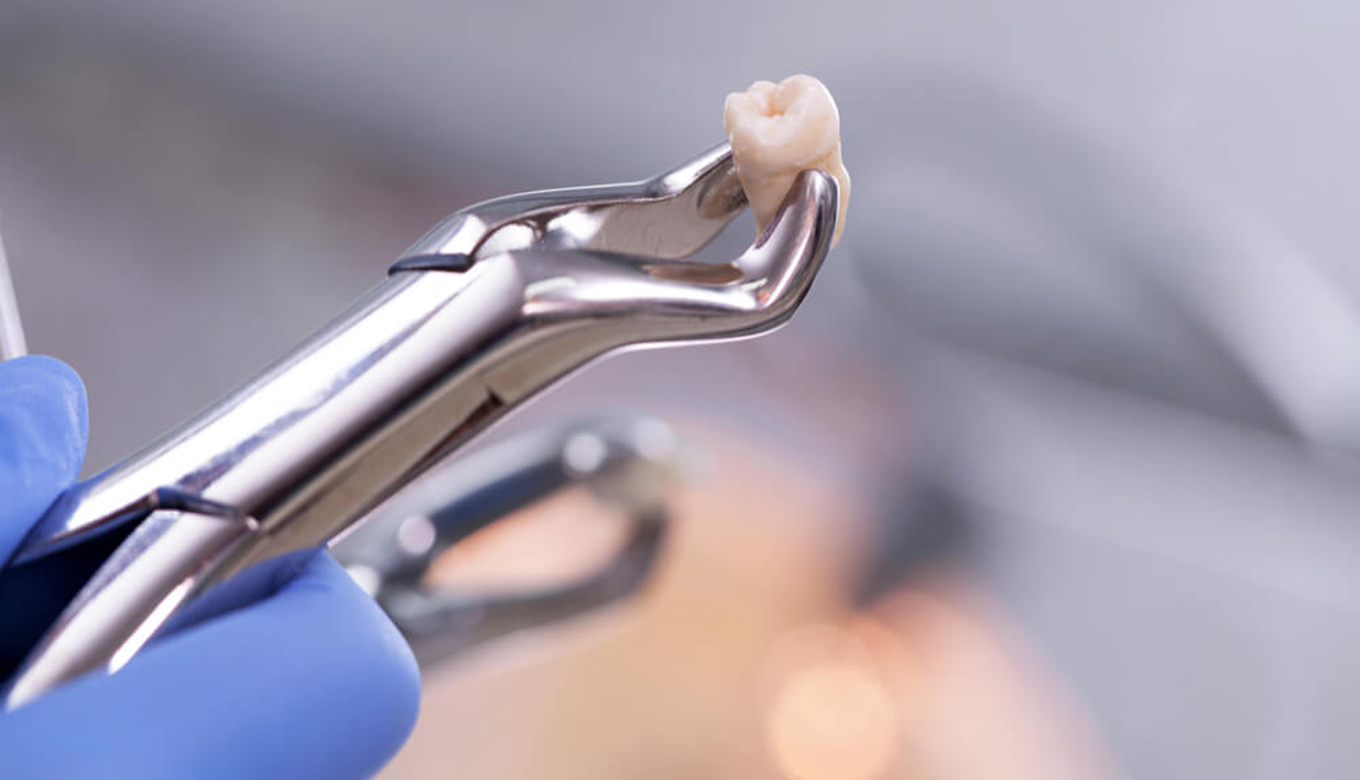The do’s and Don’ts after removing a tooth

Tooth Extraction or Tooth Removal is a surgical procedure of removing a tooth without damaging the surrounding tissues. The option of removing a tooth is preferred when an infected or damaged tooth cannot be repaired with dental restorations or RCT procedures. Hardships like bleeding, inflammation are common for a few days following the extraction.
The wounds in the extraction site should heal properly without any disruption. Otherwise, it will lead to a serious issue called “Dry Socket” which exposes the nerve endings and underlying bone. Hence it is essential to follow the oral surgeon’s guidance and skip certain things for some days after the surgery.
In this post, our dental surgeons have shared the essential post-operative care instructions for faster recovery after removing a tooth.
What you should do after removing a tooth?
Whether the removed tooth is impacted or infected, whatever may be the reason for removal, the following tips will help you to soothe the pain and assures faster recovery.
1)Take proper rest
You should not indulge in any strenuous activity for at least 24 hours after tooth extraction. This is because the body needs some time to repair required to prevent infection in the treated region. Hence a proper rest is essential in the day of teeth extraction and the following day.
Remember that keep your head in an upright position while lying in bed for the next 2 days after the treatment.
2) Allow clots in the extraction region
A clot should be formed in the place where the removed tooth once present. The clot protects the site from infection and quickens the healing process. Pacing a gauze pad over the extracted tooth region will help you to form clots. Don’t forget to replace the gauze with a new one when the existing pad becomes wet or soaked in blood.
If the bleeding persists for hours, then apply a moistened tea bag in the place where the tooth was extracted. The tannic acid present in the tea bag constrict the bleeding vessels to reduce bleeding and form clots.
3) Apply ice packs
Applying ice packs on cheeks over the side where the tooth was removed will prevent inflammation. Typically, swelling does not happen immediately after removing a tooth. It happens in the following days. Placing ice packs for 20 minutes alternatively after tooth removal on the day of surgery will prevent swelling.
4) Mouth Rinse with saline water
Even though you brush and floss after removing a tooth, it is quite hard to clean the regions around the extraction site. Rinsing your mouth is an ideal choice to clean and remove infections in the treated site. Dentists recommend lukewarm saltwater solution instead of mouthwashes for mouth rinsing.
This is because the acidic compounds present in some mouthwashes might advert the condition.
5) Take prescribed medications
Dentists prescribe antibiotics and medications to alleviate the pain arises due to tooth extraction. If the pain becomes intense and unbearable, visit your dentist immediately.
What you should avoid after tooth extraction?
Adjusting your daily activities and skipping certain habits for some days are also necessary to heal the wounds in the tooth extraction site.
- Don’t consume hard food items like chips, candies and raw vegetables. Biting such hard eatables will apply extra pressure over the site and provoke bleeding. It is better to take soft food items and liquids like milk, soup.
- Avoid smoking for at least 48 hours after the tooth removal. The toxic and chemical substances present in cigarettes are powerful to dissolve the clots, infect the area and make prone to dry socket.
- Don’t suck on anything for 24 hours. Sucking on things like candies, lollipops, ice blocks or others also can dislodge the blood clots. Sucking drinks with straw also end in dissolving clots in the socket.
Conclusion
The things we have shared here are the common teeth extraction post care instructions recommended by dental surgeons to avoid complications during the healing phase.
Wisdom teeth extraction and removing a deeply decayed tooth are required to safeguard the adjacent teeth. Healing should take place in a fast paced manner to avert infections. Everyone should be more careful and emulate the aftercare instructions provided by their Dentist for quicker healing.
Nice post. I used to be checking constantly this weblog and
I am impressed! Very useful info specially the remaining section 🙂 I take care of such
information a lot. I was looking for this certain info for a very long time.
Thanks and best of luck.